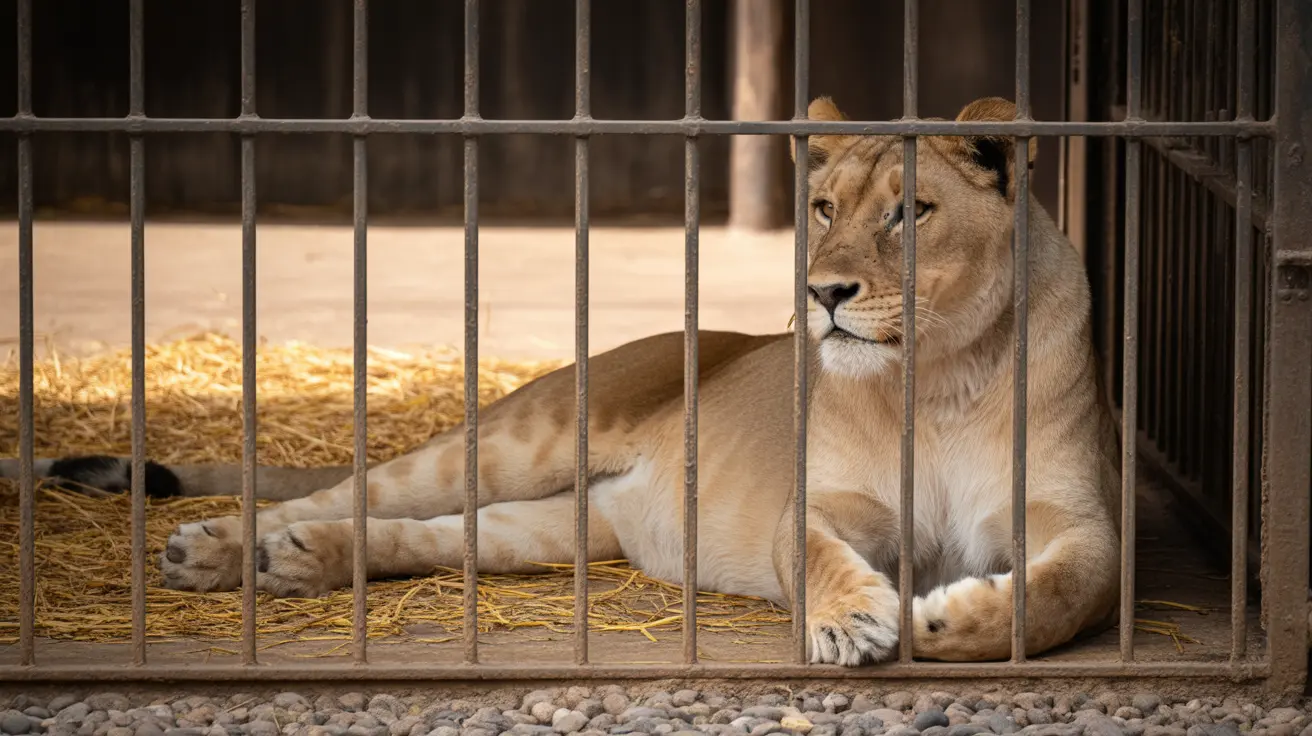As a devoted dog owner, noticing something unusual in your furry friend's stool can be concerning. Mucus in dog stool is a symptom that can signal various underlying health conditions, ranging from minor digestive issues to more serious medical problems. This comprehensive guide will help you understand the potential causes, recognize warning signs, and know when to seek professional veterinary care.
What Does Mucus in Dog Stool Mean?
Mucus in your dog's stool is a natural protective substance produced by the intestinal lining. While a small amount of mucus can be normal, excessive mucus might indicate an underlying health issue. The presence of mucus can appear as a slimy, jelly-like substance coating or mixed within the stool.
Common Causes of Mucus in Dog Stool
- Dietary Changes
Sudden alterations in your dog's diet can trigger digestive upset and mucus production. Introducing new foods, switching brands, or giving table scraps can disrupt the digestive system and lead to mucus-covered stools.
- Stress and Anxiety
Dogs, like humans, can experience digestive changes due to stress. Major life events such as moving, introducing a new pet, or changes in routine can cause gastrointestinal distress manifesting as mucus in stool.
- Parasitic Infections
Intestinal parasites like hookworms, roundworms, and giardia can cause inflammation and mucus production. Regular deworming and veterinary check-ups are crucial in preventing these infections.
- Bacterial and Viral Infections
Canine infections can cause intestinal inflammation, resulting in increased mucus production. Conditions like parvovirus, coronavirus, and bacterial enteritis can lead to significant digestive disturbances.
When to Monitor and When to Worry
Home Management Strategies
If your dog has mucus in their stool but remains active and continues eating and drinking, you can take some initial steps:
- Provide a bland diet of boiled chicken and rice
- Ensure constant access to fresh water
- Monitor stool consistency and frequency
- Consider adding probiotic supplements
- Temporarily reduce food intake to allow the digestive system to rest
Red Flags Requiring Immediate Veterinary Attention
Contact your veterinarian immediately if you observe:
- Mucus accompanied by blood in the stool
- Persistent symptoms lasting more than 48 hours
- Loss of appetite or significant weight loss
- Fever or extreme lethargy
- Repeated vomiting
Prevention and Long-Term Digestive Health
Dietary Recommendations
Maintaining a consistent, high-quality diet is crucial for preventing digestive issues. Choose dog foods with:
- Easily digestible proteins
- Balanced nutrition
- Prebiotics and probiotics
- No unnecessary fillers or artificial additives
Regular Health Monitoring
Schedule routine veterinary check-ups, maintain vaccination protocols, and conduct periodic fecal examinations to catch and prevent potential digestive problems early.
Frequently Asked Questions
Why is there mucus in my dog's stool, and what are the common causes?
Mucus can result from dietary changes, stress, parasites, bacterial infections, or food sensitivities. It's a protective response by the intestinal lining to inflammation or irritation.
How do I treat mucus in my dog's stool at home, and when should I seek veterinary help?
Monitor your dog's condition for 24-48 hours, offer a bland diet, ensure hydration, and watch for additional symptoms. Consult a vet if symptoms persist or are accompanied by blood, lethargy, or loss of appetite.
What is the best diet for a dog with mucus in their stool to help manage the issue?
A temporary bland diet of boiled chicken and rice, followed by a high-quality, easily digestible dog food with probiotics, can help manage digestive issues.
Can stress or dietary changes cause mucus in a dog's stool, and how can I prevent this?
Yes, stress and dietary changes can cause mucus. Prevent these by maintaining a consistent routine, introducing dietary changes gradually, and providing a stable, calm environment.
How do I know if my dog's loose stool with mucus requires an urgent vet visit or if it can be managed with home care?
If symptoms persist beyond 48 hours, include blood, or are accompanied by lethargy, loss of appetite, or other concerning signs, seek immediate veterinary care.






